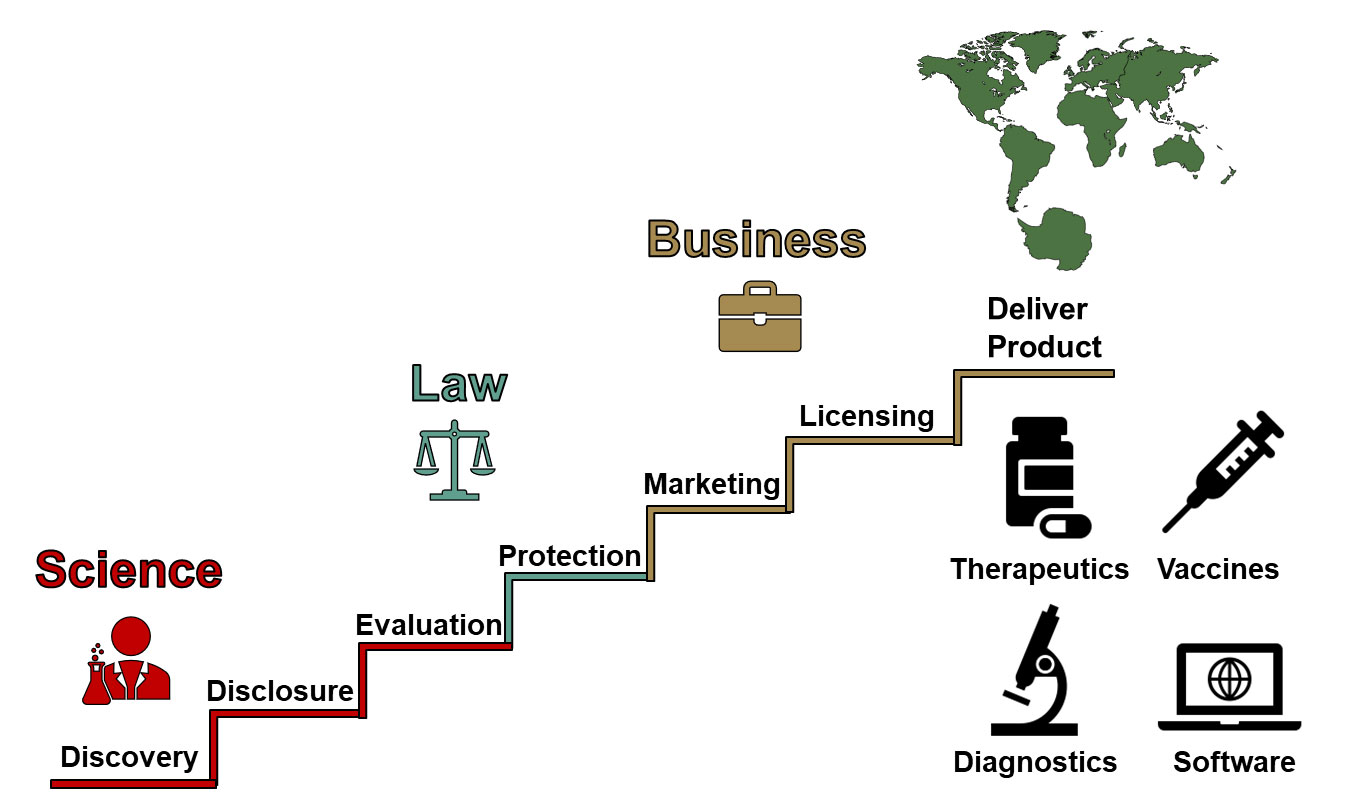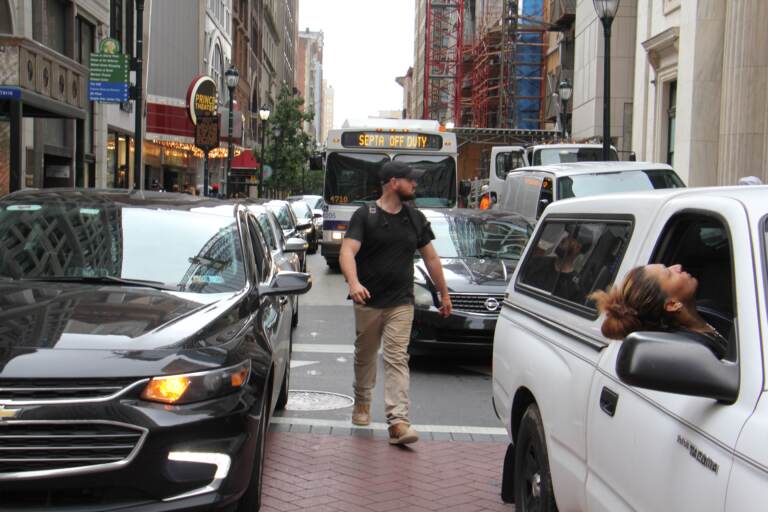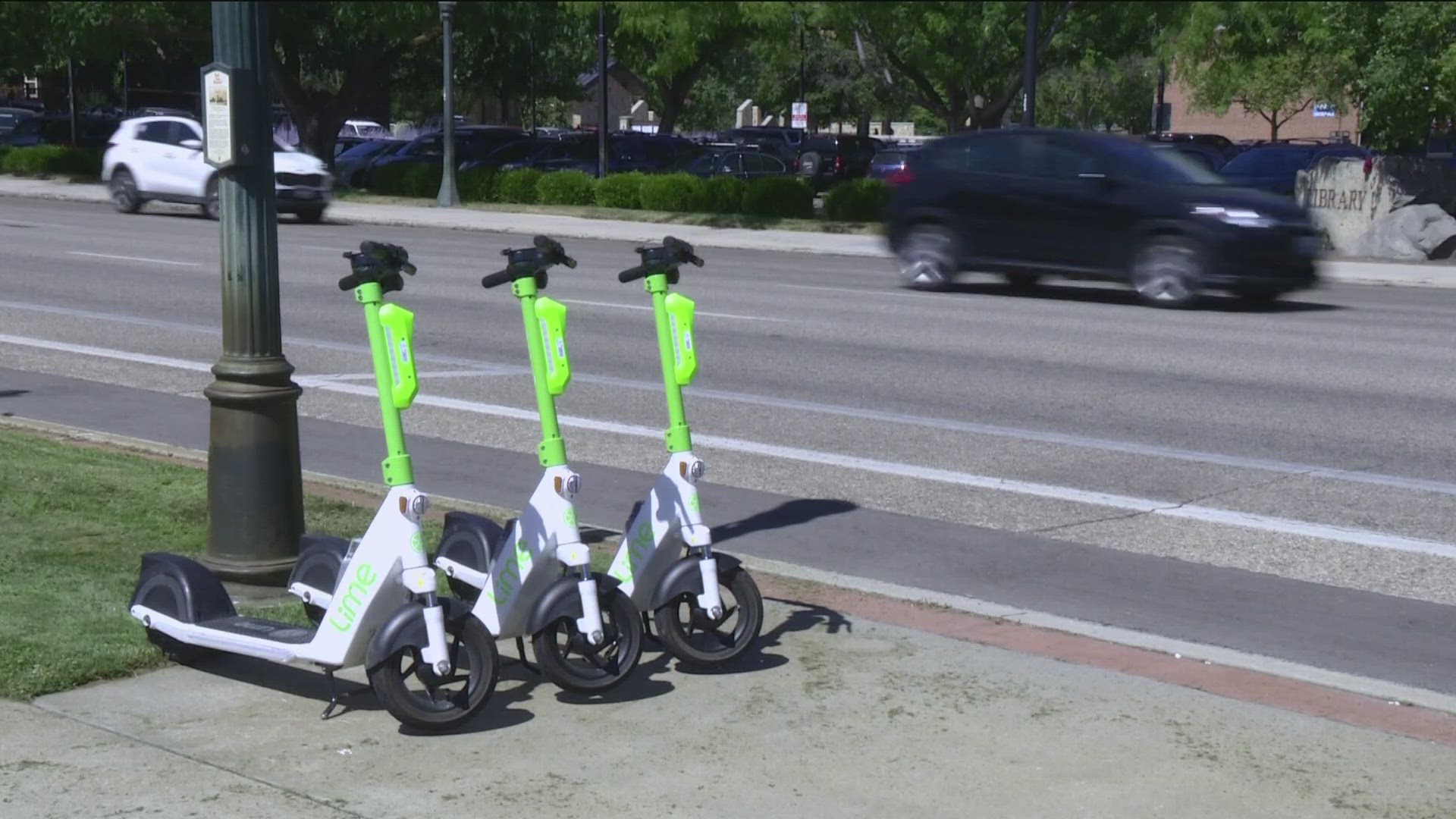Los Angeles Transportation Infrastructure Development: A Report on Alignment with Sustainable Development Goals
The city of Los Angeles is implementing a series of strategic transportation initiatives designed to mitigate traffic congestion and advance urban sustainability. These projects are directly aligned with several United Nations Sustainable Development Goals (SDGs), focusing on creating resilient infrastructure, sustainable communities, and climate action.
LAX Metro Transit Center
A new transit station provides a crucial link between Los Angeles International Airport (LAX), two Metro rail lines, and multiple bus routes via a free shuttle service. This development significantly improves public access to a primary transportation hub.
- SDG 11 (Sustainable Cities and Communities): The project enhances access to safe, affordable, and sustainable transport systems for all, integrating a major international gateway into the urban public transit network.
- SDG 9 (Industry, Innovation and Infrastructure): This represents a critical upgrade to regional infrastructure, improving connectivity and efficiency.
Metro A Line Expansion
The Metro A Line has been extended to become the longest light rail line in the world, spanning 48.5 miles with 44 stops. It connects key regions including Long Beach, Downtown Los Angeles, and Azusa.
- SDG 11 (Sustainable Cities and Communities): By connecting disparate urban areas, the A Line reduces dependency on private vehicles, fosters inclusivity, and provides equitable access to the city.
- SDG 13 (Climate Action): As a low-emission mode of transport, the expanded light rail line offers a viable alternative to automobile travel, contributing to the reduction of regional greenhouse gas emissions.
Inter-City and High-Speed Rail Development
Proposals are underway for a transcontinental high-speed rail line connecting Los Angeles to New York City. Concurrently, Amtrak has expanded its Pacific Surfliner service between Los Angeles and San Diego.
- SDG 9 (Industry, Innovation and Infrastructure): These projects foster the development of resilient and sustainable regional and national infrastructure, promoting efficient long-distance travel.
- SDG 13 (Climate Action): Rail travel presents a lower-carbon alternative to air and road transport for inter-city journeys, supporting climate mitigation efforts.
Expansion of Cycling Infrastructure
The city is increasing its investment in active transport by developing new bike trails and safe, bike-friendly urban corridors, such as the Rail-to-Rail route.
- SDG 3 (Good Health and Well-being): Promoting cycling as a mode of transport encourages physical activity, contributing to improved public health outcomes and well-being.
- SDG 11 (Sustainable Cities and Communities): The creation of dedicated cycling infrastructure makes urban environments safer and more accessible for non-motorized transport.
- SDG 13 (Climate Action): Cycling is a zero-emission mode of transportation that directly supports climate action goals.
Deployment of Autonomous Vehicles
The autonomous robotaxi company Waymo has expanded its operations into Los Angeles, including on city freeways. This initiative introduces an innovative technological solution to urban mobility.
- SDG 9 (Industry, Innovation and Infrastructure): The deployment of robotaxis represents a significant advancement in transport technology and service innovation.
- SDG 11 (Sustainable Cities and Communities): This technology is being explored as a new model for shared mobility that has the potential to reduce private car ownership, ease congestion, and improve transportation efficiency.
Sepulveda Transit Corridor Project
Scheduled for 2033-2035, this ambitious project will establish a high-capacity rail line to connect the San Fernando Valley with the Westside and, ultimately, LAX. It is designed to address one of the region’s most congested transportation corridors.
- SDG 11 (Sustainable Cities and Communities): The corridor will provide a vital sustainable transit solution, significantly reducing travel times and improving access to key economic, educational, and cultural centers.
- SDG 8 (Decent Work and Economic Growth): This large-scale infrastructure project will create significant employment opportunities during its construction and operational phases, while supporting regional economic activity by improving commuter mobility.
“Twenty-Eight by ’28” Olympic Initiative
In preparation for the 2028 Olympic Games, Los Angeles has launched the “Twenty-Eight by ’28” initiative. This plan includes 28 major transit projects aimed at delivering a car-free and zero-emissions event.
- New Rail Lines and Bus Lanes: Expansion of the public transit network to increase capacity and efficiency.
- Zero-Emissions Fleet: Deployment of hydrogen and electric buses.
- Mobility Hubs: Creation of integrated centers for seamless transfers between different modes of transport.
- SDG 13 (Climate Action): The initiative explicitly targets a zero-emissions standard by prioritizing clean energy transport, setting a global precedent for sustainable large-scale events.
- SDG 9 (Industry, Innovation and Infrastructure): The plan accelerates investment in and deployment of clean energy infrastructure and innovative mobility solutions.
- SDG 11 (Sustainable Cities and Communities): The project is designed to leave a lasting legacy of green, efficient, and accessible public transportation infrastructure for all residents of Los Angeles.
1. Which SDGs are addressed or connected to the issues highlighted in the article?
The article on Los Angeles’ transportation overhaul addresses several interconnected Sustainable Development Goals (SDGs). The primary goals identified are:
-
SDG 9: Industry, Innovation and Infrastructure
This goal is central to the article, which focuses on the development and upgrading of transportation infrastructure. The text highlights numerous projects like “expanding its subway system,” the “Sepulveda Transit Corridor,” and the proposal for a “new transcontinental high-speed train.” These initiatives represent a significant investment in building resilient, sustainable, and innovative infrastructure to improve mobility and support economic activity.
-
SDG 11: Sustainable Cities and Communities
The article directly relates to making cities more inclusive, safe, resilient, and sustainable. The efforts described are aimed at solving urban problems like traffic congestion (“unfortunately – traffic”). The expansion of public transit, such as the A Line becoming the “longest light rail line in the world,” and the creation of “new bike trails” are designed to provide residents with “safe, affordable, accessible and sustainable transport systems.” The overarching goal is to “make life a little easier for Angelenos on the road.”
-
SDG 13: Climate Action
This goal is explicitly addressed through the “Twenty‑Eight by ’28” plan. The article states this plan aims to deliver “one of the cleanest, car‑free Olympic Games in history” by setting a “new zero‑emissions standard” and leaving a “lasting legacy of greener transit.” The introduction of “hydrogen and electric buses” is a concrete action to combat climate change by reducing greenhouse gas emissions from public transportation.
2. What specific targets under those SDGs can be identified based on the article’s content?
Based on the initiatives described in the article, the following specific SDG targets can be identified:
-
Target 9.1: Develop quality, reliable, sustainable and resilient infrastructure
The article is replete with examples that align with this target. The expansion of the Metro’s A Line, the development of the Sepulveda Transit Corridor to “connect the San Fernando Valley to the Westside,” and the “Twenty‑Eight by ’28” plan featuring “28 major transit projects” are all efforts to develop high-quality and reliable transportation infrastructure to support the well-being of the population.
-
Target 11.2: Provide access to safe, affordable, accessible and sustainable transport systems for all
This target is addressed through multiple projects. The “free shuttle” linking LAX to “two Metro rail lines and 14 bus routes” improves accessibility. The A Line is described as an “affordable way to reach more of the city’s top destinations,” making it easier to “explore Los Angeles without needing a car.” Furthermore, the creation of “new bike trails” and “urban corridors like the new Rail-to-Rail route” enhances access to safe and sustainable transport options for cyclists.
-
Target 11.6: Reduce the adverse per capita environmental impact of cities
The “Twenty‑Eight by ’28” plan directly supports this target by aiming for a “zero‑emissions standard.” The plan’s inclusion of “hydrogen and electric buses” and the goal of moving “millions of visitors without cars” are specific strategies to reduce the city’s environmental footprint, particularly air pollution associated with traffic congestion.
-
Target 13.2: Integrate climate change measures into policies, strategies and planning
The City of Los Angeles is integrating climate action into its urban development strategy through the “Twenty‑Eight by ’28” plan. This initiative is a clear example of a city-level policy that embeds climate goals—such as creating “greener transit” and achieving “zero-emissions”—into its long-term transportation planning ahead of the 2028 Olympic Games.
3. Are there any indicators mentioned or implied in the article that can be used to measure progress towards the identified targets?
Yes, the article mentions several quantitative and qualitative indicators that can be used to measure progress:
-
Indicators for Infrastructure Development (Target 9.1)
- Length of rail network: The A Line is now “48.5 miles” long.
- Number of transit stations: The A Line has “44 stops.”
- Number of new projects: The city is undertaking “28 major transit projects” as part of the “Twenty‑Eight by ’28” plan.
-
Indicators for Access to Transport (Target 11.2)
- Public transport connectivity: A new shuttle connects LAX airport to “two Metro rail lines and 14 bus routes.”
- Infrastructure for active transport: The development of “new bike trails” and “bike-friendly upgrades” can be measured in miles or number of new routes.
- Reduced travel time: The Sepulveda Transit Corridor aims to “significantly reduce travel time” along a congested route.
-
Indicators for Environmental Impact and Climate Action (Targets 11.6 & 13.2)
- Adoption of clean technology: The plan includes the deployment of “hydrogen and electric buses.”
- Emission reduction goals: The city is aiming for a “new zero‑emissions standard” for its transit system.
- Modal shift: The goal is to create a “car-free Olympic Games” and leave a legacy that encourages a shift from private vehicles to public and active transport.
4. Table of SDGs, Targets, and Indicators
| SDGs | Targets | Indicators Identified in the Article |
|---|---|---|
| SDG 9: Industry, Innovation and Infrastructure | 9.1: Develop quality, reliable, sustainable and resilient infrastructure. |
|
| SDG 11: Sustainable Cities and Communities | 11.2: Provide access to safe, affordable, accessible and sustainable transport systems for all. |
|
| SDG 11: Sustainable Cities and Communities | 11.6: Reduce the adverse per capita environmental impact of cities. |
|
| SDG 13: Climate Action | 13.2: Integrate climate change measures into policies, strategies and planning. |
|
Source: secretlosangeles.com







